How long does a dental bridge last?
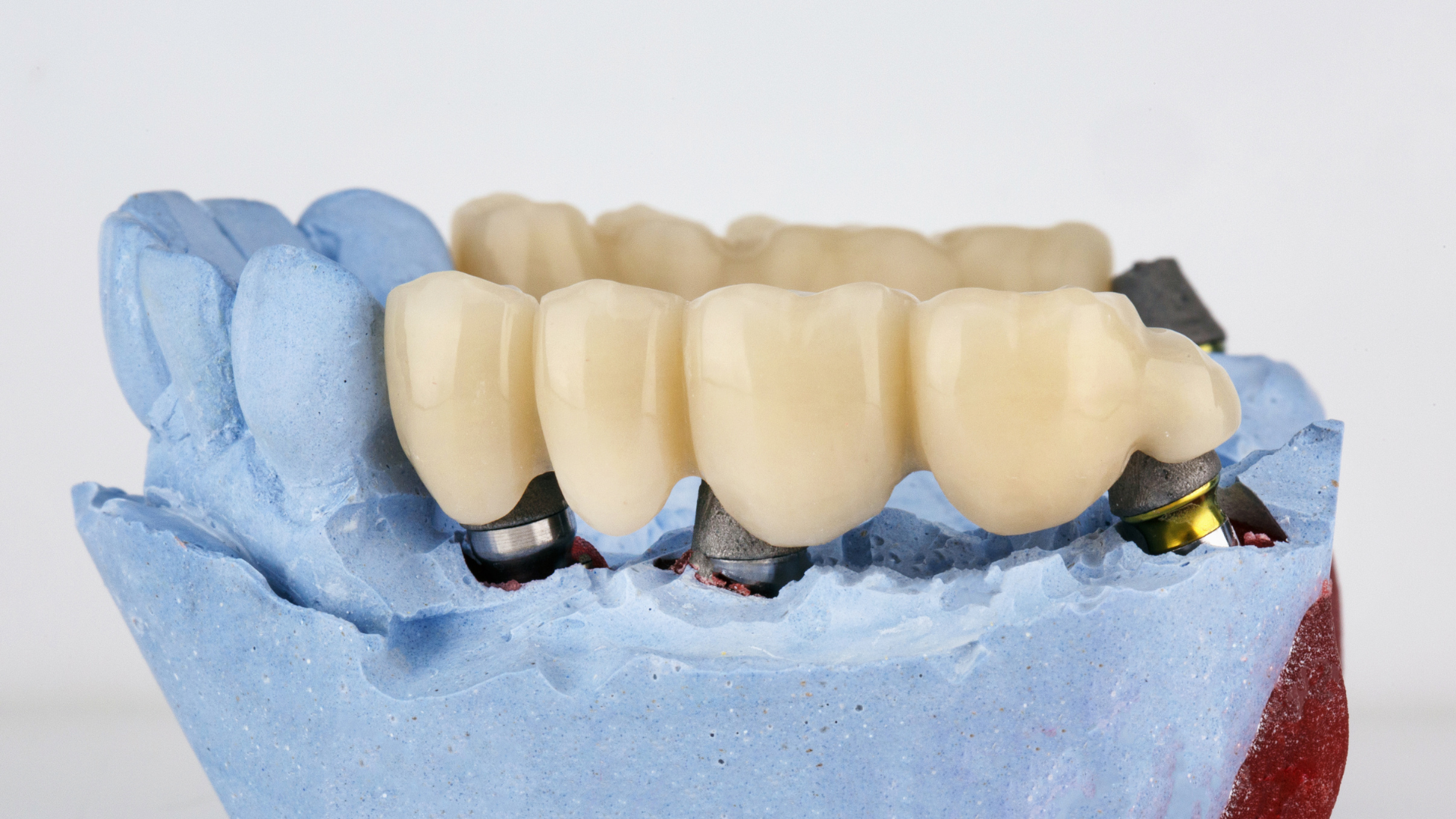
Understanding the Lifespan of Dental Bridges
Factors Influencing Bridge Longevity
The lifespan of a dental bridge from Dr. Chan Dentistry can vary significantly, often ranging between 5 to 15 years. The longevity of a bridge is closely tied to the health of adjacent teeth and the level of oral hygiene maintained. Regular dental care, including check-ups and cleanings, is essential for preserving the integrity of the bridge.
- Material Quality: Porcelain bridges are common, but their durability can be less than that of other materials.
- Oral Hygiene: Diligent brushing, flossing, and professional cleanings can prevent decay and damage.
- Adjacent Teeth Health: The condition of the teeth supporting the bridge is crucial for its stability.
- Proper Fit and Placement: A bridge that is well-fitted by a professional dentist will last longer.
While dental bridges may be more affordable initially, considering their potential need for replacement is important for long-term cost planning. Dr. Chan Dentistry emphasizes the importance of understanding all factors that contribute to the longevity of your dental bridge to ensure you make the most informed decision for your oral health.
Traditional vs. Implant-Supported Bridges
When considering a dental bridge, patients at Dr. Chan Dentistry often weigh the options between traditional and implant-supported bridges. Traditional bridges are a popular choice and involve one or more artificial teeth anchored by dental crowns on adjacent teeth. They are known for their stability and natural appearance.
On the other hand, implant-supported bridges are anchored by titanium posts surgically inserted into the jawbone, which act as artificial tooth roots. This option is lauded for its comprehensive approach to tooth replacement, promoting bone retention and potentially lasting longer than traditional bridges.
Both types of bridges have their own set of benefits and considerations. Dr. Chan Dentistry will guide you through the decision-making process to determine the best fit for your dental needs.
Here's a quick comparison:
- Traditional Bridges:
- Require crowning of adjacent teeth
- Non-invasive compared to implants
- Quicker treatment time
- Implant-Supported Bridges:
- Require surgery for implant placement
- Promote jawbone health
- Potentially longer lifespan
Ultimately, the choice between a traditional and an implant-supported bridge depends on various factors, including the patient's oral health, bone density, and personal preferences. Regular check-ups and proper maintenance can extend the life of either type of bridge, with some lasting upwards of fifteen years.
Maintenance Tips for Extending Bridge Life
Ensuring the longevity of your dental bridge from Dr. Chan Dentistry involves a commitment to meticulous oral hygiene and regular professional care. Proper maintenance is key to extending the life of your bridge beyond the typical 5 to 15 years.
- Brush your teeth twice daily with fluoride toothpaste to prevent plaque buildup around the bridge.
- Floss daily using a floss threader or water flosser to remove debris from under the bridge and between teeth.
- Avoid chewing hard foods or ice that can damage the bridge.
- Schedule bi-annual check-ups and cleanings at Dr. Chan Dentistry to address any issues early on.
By adhering to these maintenance tips, you can help ensure that your dental bridge functions effectively for as long as possible. Remember, a well-cared-for bridge not only serves you longer but also supports overall oral health.
The Importance of Regular Dental Care
Bi-Annual Check-Ups and Cleanings
At Dr. Chan Dentistry, we emphasize the importance of bi-annual dental check-ups and cleanings as a cornerstone of oral health maintenance. Regular visits every six months are crucial for the early detection of potential issues and the prevention of more serious dental problems.
During these visits, our team provides comprehensive care that includes tartar removal, which is essential for preventing gum disease and maintaining the stability of dental bridges. Patients are also educated on dental hygiene practices to ensure the longevity of their dental work.
Maintaining a consistent schedule for dental check-ups and cleanings is not only beneficial for your oral health but also for the enduring strength of your dental bridge.
Our services during these check-ups include, but are not limited to:
- Dental Cleanings and Exams
- Dental Hygiene Education
- Fluoride Treatments
- Periodontal Maintenance
Remember, the care you take of your dental bridge between visits to Dr. Chan Dentistry can significantly impact its lifespan.
Impact of Adjacent Teeth on Bridge Stability
The stability of a dental bridge is heavily reliant on the health and strength of the adjacent teeth. At Dr. Chan Dentistry, we emphasize that for a bridge to function effectively, the supporting teeth must be robust enough to anchor the bridge. If these teeth are compromised, the bridge may become loose or even fail.
- Bacterial buildup can lead to increased tooth decay risk for the bridge's surrounding teeth.
- Tooth collapse is a potential risk if the adjacent teeth are not strong.
- Damage to the nerves and gum irritation are also concerns that can affect bridge stability.
Maintaining the integrity of the adjacent teeth is crucial for the longevity of a dental bridge. Regular check-ups at rolling hills dental can help detect and address any issues early on, ensuring the bridge remains secure and functional.
It's important to consider alternative restorative options if the adjacent teeth are not suitable for supporting a bridge. Dr. Chan Dentistry offers various types of bridges, including cantilever and Maryland bridges, which may be recommended based on individual needs and the condition of the adjacent teeth.
Dealing with Wear and Tear Over Time
Over the years, dental bridges from Dr. Chan Dentistry will inevitably experience some wear and tear. Proactive management and timely interventions can significantly extend the lifespan of your bridge. Regular monitoring for signs of wear such as cracks, chips, or loosening is essential.
It's important to address any issues early to prevent further damage and potential bridge failure. Maintenance is key to ensuring the longevity of your dental restoration.
Here are some tips to help you manage the wear and tear on your dental bridge:
- Schedule regular dental check-ups to assess the condition of your bridge.
- Practice good oral hygiene to prevent decay around the bridge.
- Avoid hard or sticky foods that can damage the bridge.
- Use night guards if you grind your teeth to protect the bridge from excessive force.
Remember, while a traditional bridge may last between 5 and 15 years, factors such as oral hygiene and the health of adjacent teeth play a crucial role in its durability. Dr. Chan Dentistry is committed to providing solutions that not only restore function but also withstand the test of time.
Cost and Value Considerations
Comparing Initial Costs of Bridges and Implants
When considering tooth replacement options at Dr. Chan Dentistry, it's essential to weigh the initial costs of dental bridges against implants. Bridges often present a more affordable upfront investment compared to implants, which can be more costly due to the surgical procedure involved.
However, the long-term perspective should not be overlooked. While bridges may require replacement after 5 to 15 years, implants are known for their durability and can last a lifetime with proper care, potentially offering better value over time.
At Dr. Chan Dentistry, we encourage patients to consider not only the immediate cost but also the longevity and performance of their tooth replacement options.
Here's a simplified cost comparison:
| Replacement Option | Initial Cost Range | Expected Lifespan |
|---|---|---|
| Dental Bridge | $500 - $1,500 | 5 - 15 years |
| Dental Implant | $1,500 - $6,000 | Up to a lifetime |
Remember, these figures are estimates and can vary based on individual cases and insurance coverage. Discussing your specific situation with a dental professional at Dr. Chan Dentistry will provide a clearer understanding of the costs involved.
LONG-TERM INVESTMENT: DURABILITY VS. REPLACEMENT
When considering the long-term investment of dental restorations, it's crucial to weigh the durability of the option against the potential need for replacement. Dr. Chan Dentistry emphasizes that while dental bridges may be more cost-effective initially, their lifespan typically ranges from 5 to 15 years, which means they may need to be replaced more frequently than dental implants.
Dental implants are renowned for their durability, often lasting up to 25 years or more with proper care. This makes them a preferred choice for patients looking for a more permanent solution to tooth loss.
However, the decision between a bridge and an implant must also take into account the condition of adjacent teeth and overall oral health. Here's a quick comparison:
| Restoration Type | Average Lifespan | Maintenance Required |
|---|---|---|
| Dental Bridge | 5-15 years | Regular |
| Dental Implant | Up to 25 years | Minimal |
Ultimately, the choice between a bridge and an implant should be made after careful consideration of both immediate and long-term costs, as well as the impact on one's daily life and oral health.
INSURANCE AND FINANCING OPTIONS FOR BRIDGES
Understanding the financial aspects of dental bridge treatment is crucial for patients. At Dr. Chan Dentistry, we recognize that the cost can be a significant factor in your decision-making process. Insurance coverage for dental bridges varies widely among providers and plans. It's essential to consult with your insurance company to determine the extent of coverage for your bridge procedure.
To assist our patients with the investment in their oral health, Dr. Chan Dentistry offers a variety of financing options. CareCredit is one such option, allowing for manageable monthly payments. The cost of a dental bridge can be influenced by several factors, including the number of pontics required and the materials used.
At Dr. Chan Dentistry, we are committed to providing transparent cost information and discussing financing options to ensure your dental care is affordable.
For a detailed breakdown of potential costs and financing plans, we encourage patients to contact our office directly. Our team is dedicated to helping you navigate the financial aspects of your dental care, ensuring you can make the best choices for your oral health without undue financial stress.
Choosing Between Dental Bridges and Implants
Assessing the Suitability of Dental Bridges
When considering a dental bridge from Dr. Chan Dentistry, it's crucial to evaluate the health and strength of the adjacent teeth, as they play a pivotal role in supporting the bridge. Patients must have robust teeth on either side of the gap or be prepared for potential crowning of these teeth to anchor the bridge effectively.
- Cleaning challenges and the invasive nature of the procedure, which carries risks such as damage to supporting teeth or gum disease, are important considerations.
- Age is also a factor; dental bridges are generally recommended for patients who are at least 17 or 18 years old.
While dental bridges can aesthetically complement your smile, they may not feel as natural as implants. It's essential to weigh the appearance and functionality benefits of each option to determine what best meets your needs.
Understanding these aspects is vital in deciding if a dental bridge is the most suitable option for your dental restoration needs. Alternative tooth replacement options should also be explored to ensure a well-informed decision.
Pros and Cons of Bridges vs. Implants
When considering tooth replacement options at Dr. Chan Dentistry, it's crucial to weigh the pros and cons of dental bridges and implants. Dental implants are renowned for their natural appearance and longevity, often outlasting bridges. However, they come with a higher price tag and require a more extended healing period.
Bridges, alternatively, offer a quicker and more cost-effective solution. They are particularly advantageous when multiple consecutive teeth are missing. Despite these benefits, bridges may not match the comfort or durability provided by implants and can present challenges in cleaning.
The decision between a dental bridge and an implant should be based on individual needs, health, and financial considerations. Dr. Chan Dentistry can guide you through this choice to ensure a confident and healthy smile.
Here's a quick comparison to help you understand the differences:
- Dental Implants
- More natural look
- Greater longevity
- Higher cost
- Longer healing process
- Dental Bridges
- Quicker installation
- More cost-effective
- Suitable for multiple missing teeth
- Potential for cleaning challenges and risks to supporting teeth
Making an Informed Decision for Your Oral Health
When considering dental bridges, it's essential to weigh the benefits and drawbacks in the context of your unique dental needs. Dr. Chan Dentistry emphasizes the importance of personalized care, ensuring that the choice between a dental bridge and an implant is tailored to your specific situation. For more detailed information on cosmetic dentistry options, visit Dr. Michael Chan's website.
Making an informed decision involves understanding the long-term implications for your oral health, as well as how the choice aligns with your personal preferences and lifestyle.
Here are some key takeaways to consider:
- The appearance, performance, and longevity of dental bridges versus implants.
- The importance of evaluating factors such as cost, overall health, healing time, and insurance coverage.
- The necessity of discussing potential risks with a qualified dentist to ensure optimal results.
Selecting a dentist with expertise in both dental implants and bridges, like those at Dr. Chan Dentistry, can provide you with a comprehensive understanding of the options available. This expert guidance is crucial in making an informed decision that will contribute to a confident and healthy smile.
Post-Treatment Care and Comfort
Managing Discomfort After Bridge Placement
Following the placement of a dental bridge by Dr. Michael Chan at Dr. Chan Dentistry, it's not uncommon to experience some initial discomfort. This is a normal part of the healing process as your mouth adjusts to the new fixture. To manage any soreness or sensitivity, we recommend a few simple steps.
- Take over-the-counter pain relievers as advised by Dr. Chan.
- Avoid hot or cold foods and beverages for the first few days.
- Stick to soft foods to minimize pressure on the new bridge.
- Use a saltwater rinse to alleviate gum soreness.
Our team at Dr. Chan Dentistry is committed to ensuring your comfort and will provide you with all the necessary aftercare instructions. We will also schedule follow-up appointments to monitor the health of your bridge and address any concerns you may have.
Remember, it's essential to maintain good oral hygiene to support the healing process. If discomfort persists or if you have any questions, don't hesitate to contact Dr. Chan Dentistry for further guidance.
Ensuring Long-Term Comfort and Functionality
Ensuring the long-term comfort and functionality of a dental bridge is a commitment that requires consistent care and attention. At Dr. Chan Dentistry, we emphasize the importance of a proactive approach to dental health, which directly impacts the longevity of your dental bridge. Regular check-ups and cleanings are vital to maintaining the structural integrity and comfort of your bridge.
To maintain optimal functionality, it's essential to adhere to a strict oral hygiene regimen. This includes brushing twice a day, flossing daily, and using an antiseptic mouthwash to prevent plaque buildup around the bridge.
Additionally, being mindful of certain habits and dietary choices can contribute to the lasting success of your dental
restoration. Here's a quick guide to help you protect your investment:
- Avoid chewing hard foods or ice that can damage the bridge.
- Refrain from using your teeth as tools to open packages or bottles.
- If you grind your teeth at night, consider getting a night guard to protect the bridge from excessive pressure.
- Schedule regular visits to Dr. Chan Dentistry for professional cleanings and to monitor the condition of your bridge.
By following these guidelines, you can help ensure that your dental bridge remains a comfortable and functional part of your smile for many years to come.
When to Consider Bridge Replacement or Repair
At Dr. Chan Dentistry, we understand that even with meticulous care, a dental bridge may eventually require replacement or repair. Knowing when to seek professional advice is crucial for maintaining your oral health.
- A bridge typically lasts between 5 to 15 years, but this can vary based on individual circumstances.
- Signs that may indicate the need for bridge repair or replacement include noticeable wear, discomfort, or changes in bite alignment.
- If the adjacent teeth begin to weaken or show signs of decay, the stability of your bridge could be compromised.
Regular check-ups at Dr. Chan Dentistry are essential to monitor the condition of your dental bridge and the health of surrounding teeth. During these visits, our team can identify early signs of potential issues and recommend appropriate actions.
It's important to address any concerns with your bridge promptly to avoid further complications. If you experience any of the above symptoms or it's been a significant time since your last evaluation, contact Dr. Chan Dentistry to schedule an appointment.
Frequently Asked Questions
-
How long do dental bridges last?
Typically, a dental bridge can last anywhere from 5 to 15 years, and even up to 20 years with proper oral hygiene and care, which includes brushing at least twice a day, flossing regularly, and scheduling bi-annual dental exams and professional cleanings.
-
Are dental bridges permanent?
Dental bridges are considered a semi-permanent solution for missing teeth. They may need to be replaced over time due to wear and tear or changes in oral health.
-
What factors influence the longevity of a dental bridge?
The longevity of a dental bridge can be influenced by factors such as oral hygiene practices, the health of adjacent teeth, the type of bridge (traditional vs. implant-supported), and regular dental check-ups.
-
Is getting a dental bridge painful?
The process of getting a dental bridge is typically performed under local anesthesia and is not painful. Some patients may experience mild discomfort or sensitivity after the procedure, which can usually be managed with over-the-counter pain medication.
-
How do traditional bridges compare to implant-supported bridges in terms of longevity?
Traditional bridges can last 5-15 years, while the prosthetic teeth of an implant-supported bridge often last a few years longer. The implants themselves can last a lifetime with proper care.
-
How do the costs of dental bridges compare to dental implants?
Dental bridges are generally less expensive initially, ranging from $1,700 to $4,500, while dental implants can cost between $2,900 to $5,000. However, considering the longer lifespan of implants, they may be a more cost-effective solution in the long term.
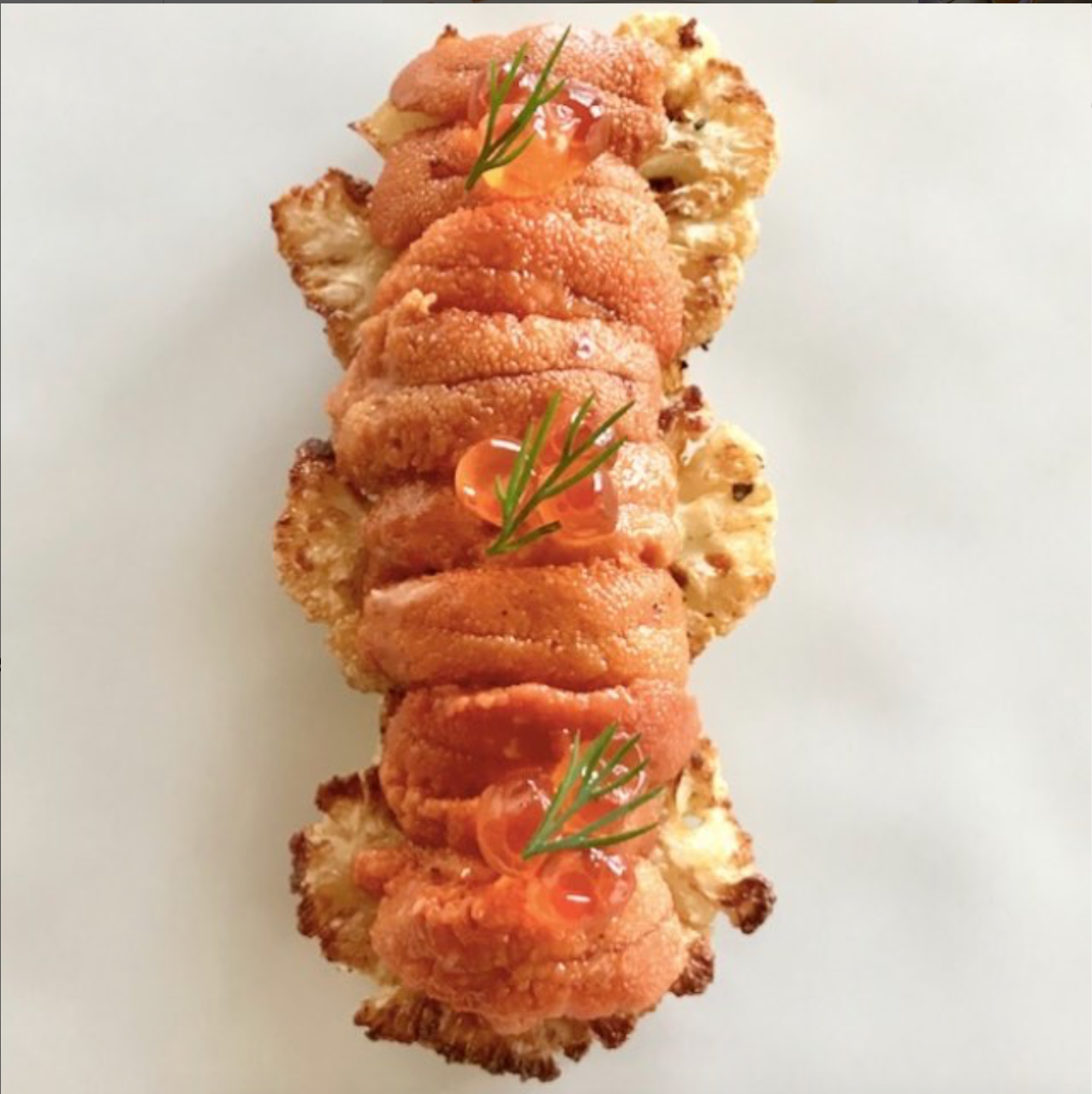

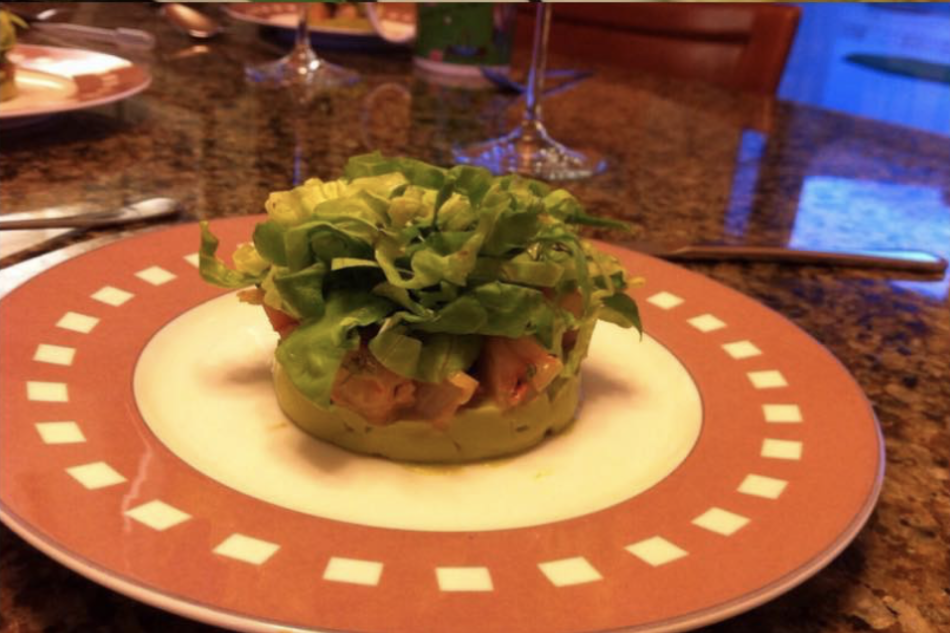
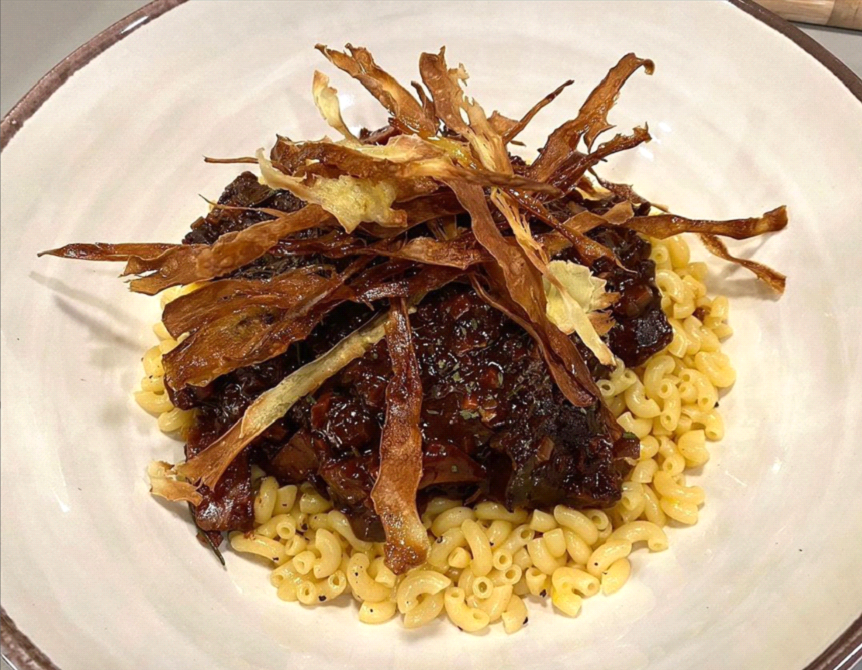
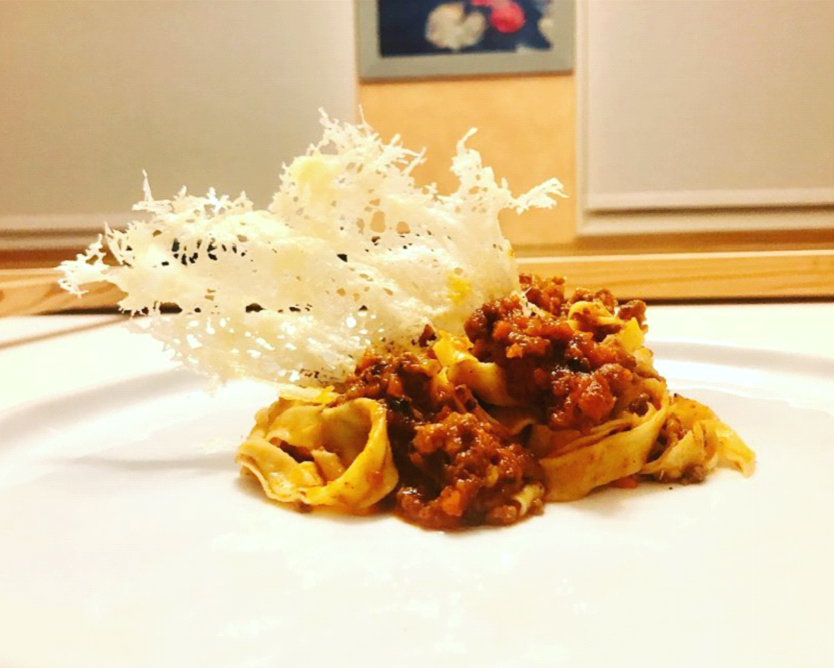
Hours & Address
MONDAY: CLOSED
TUESDAY: 8 AM - 5 PM
WEDNESDAY: 8 AM - 5 PM
THURSDAY: 8 AM - 5 PM
FRIDAY: 8 AM - 3 PM
Navigation Links
All Rights Reserved | DR. CHAN DENTISTRY | SITE MAP | PRIVACY POLICY | TERMS & CONDITIONS


